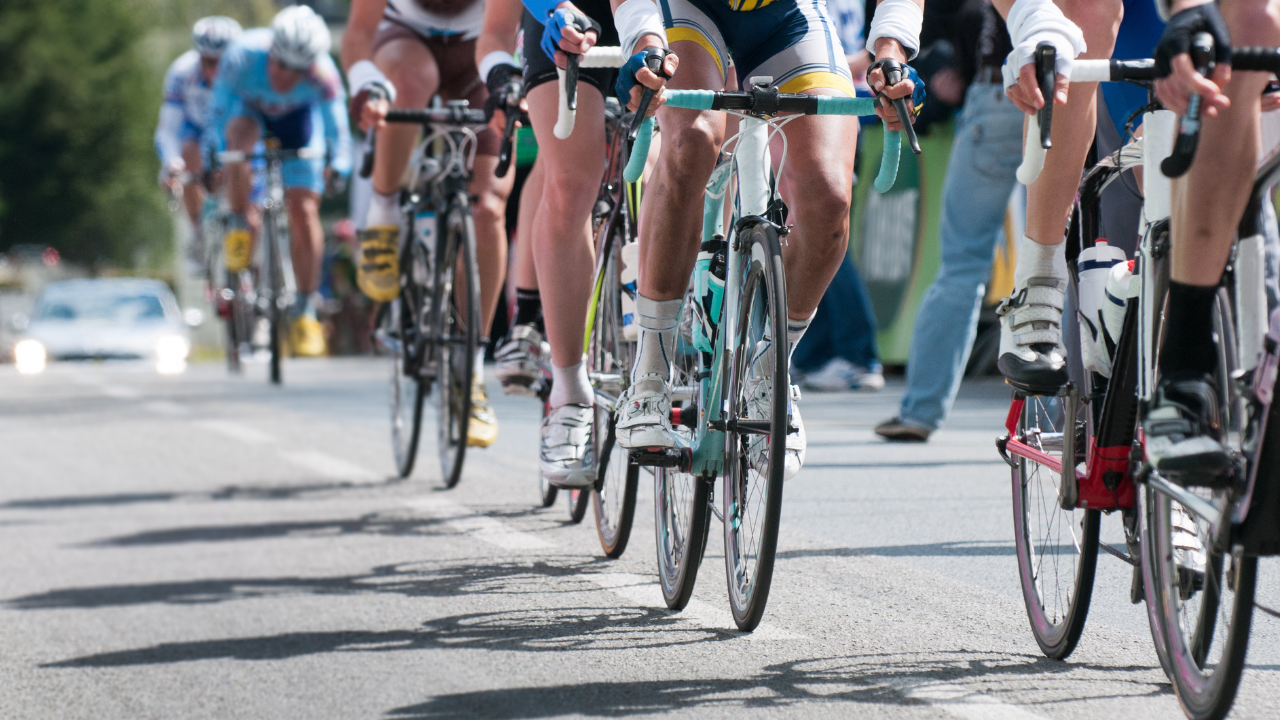Remember when cyclist Lance Armstrong won the Tour de France – seven times? If so, you might also recall how Lance popularized the fast spin of >90 revolutions per minute (rpm).
What are the advantages of spinning at a high cadence?
Increased blood flow… studies have shown that during the initial push down phase of the pedal stroke when the quadriceps muscles are contracting (shortening) blood flow is significantly reduced particularly to the main working muscle, the lateral quadriceps – Vastus Lateralis. The faster contract–relax cycle of a higher cadence improves the pumping action of the skeletal muscles to return deoxygenated blood to the heart, thus oxygenated blood is more rapidly distributed throughout the body.
Reduced muscle stress… as pedal frequency goes up the amount of force applied during each pedal stroke goes down resulting in less muscle fatigue.
What are the disadvantages of spinning at a high cadence?
Increases in heart rate, ventilation (breathing) rate, oxygen consumption, and cardiorespiratory fatigue… these are nervous system responses caused by the increased frequency of limb movement.
The right cadence for you depends on many factors including what type of riding and events you are doing, fitness level, power output, quadriceps muscle fiber type distribution, and training experience. For many cyclists ideal pedaling cadence falls below 90 rpm. Strive for a cadence that is comfortable, doesn’t spike your heart rate and breathing, and is maintainable for long durations.
To increase your pedaling rpm practice quick, fast spins where cadence is taken up to maximal over 30 seconds to one minute and held for as long as possible. Also try some faster cadence intervals where cadence is brought up ~5-10 rpm and held for a few minutes at a time.
Reference: High-Tech Cycling, Edmund R. Burke, PhD



